Characteristics and tips for choosing a ceramic teapot
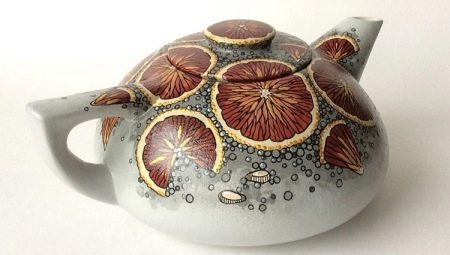
Tea prepared according to all the rules and in the right dish will not only bring aesthetic pleasure. Depending on the type of tea, it can either calm down too much excitement, or, conversely, invigorate after a difficult day. In order for the taste of the drink to fully reveal all its positive properties, it is necessary not only to choose the right type of tea, but also the dishes in which it will be brewed.
During its long history of existence, the teapot has undergone many changes., and today there is a huge amount of materials for its manufacture. Today we will focus on the very first of them - clay (or ceramics).
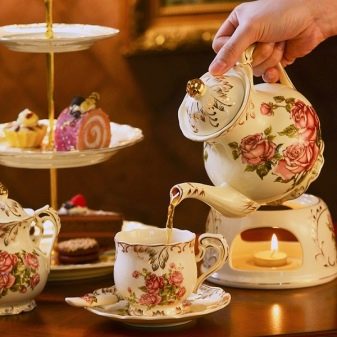
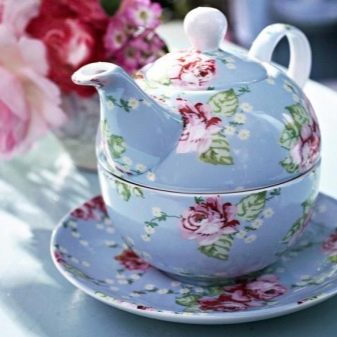
A bit of history
It's not a secret for anyone that China is the homeland of tea, so the ceremony of making this drink originated there. The very first teapots were made from clay. Moreover, any variety was not suitable for these purposes. They needed a special kind of clay, which was mined in the Jiangsu province in the vicinity of the city of Yixin. From him came the name of the variety - Yisin clay. This variety is easily recognizable by its characteristic reddish-brown hue. Products made from it were especially appreciated at all times for the fact that with their ability to retain liquid inside themselves, they allow air molecules to penetrate inside, due to which the drink in a ceramic teapot acquires a special taste and aroma.
Moreover, the longer the dishes were in use, the more valuable they were. Over time, the teapot absorbed aromas and enzymes, and the tea brewed in it acquired a special unique taste.
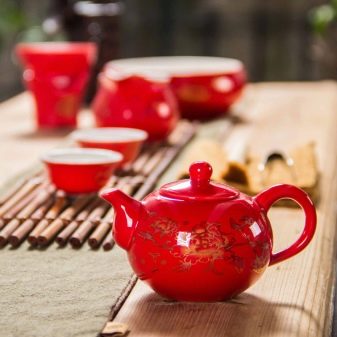
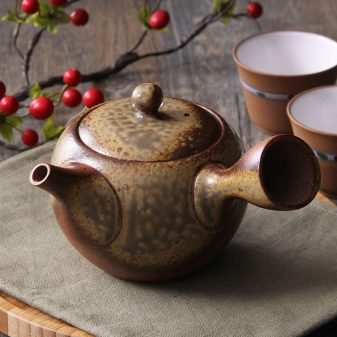
Variety of ceramics
All ceramic utensils, including teapots, are divided into several categories. depending on the feedstock and manufacturing technology:
- in fact, the clay itself;
- faience;
- porcelain.
There are many types of clay used to make teapots. All of them are divided into hard and soft rocks. The group of soft clays gives a stronger shrinkage during firing, and hard grades give a richer shade. Depending on the type of clay and the firing temperature, finished products can acquire different shades: from light sandy to almost black. Factory products are decorated with dyes to make them look more attractive.
Faience can be called an intermediate link between clay and porcelain. It looks more graceful than ordinary clay, but it is inferior in strength to porcelain and cracks over time, while dishes made of real porcelain, even after many years, remain as beautiful and graceful as they were originally.

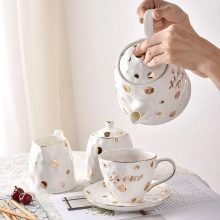
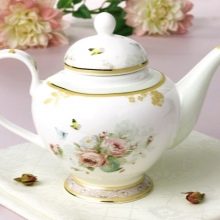
Manufacturing process
Chinese teapots are appreciated by gourmets all over the world. Real Yixing teapots are handmade. For this, the raw material must first be dried. Previously, this process could take from several days to several weeks, but today, thanks to the vacuum drying method, it has been significantly reduced. When the clay is dry, it is crushed into powder, then sieved and water is added, bringing to a pasty state. Then the resulting mass is beaten to the desired thickness for compaction and displacement of excess liquid. After that, the master begins to shape the future product. The spout and handle are attached to the kettle later.
With the help of special tools and fixtures, the dishes are brought to perfectionand then decorated with carvings or inlays. Inexpensive tea kettles are cast in plaster molds. At the final stage, the finished ceramic product is subjected to three firing.
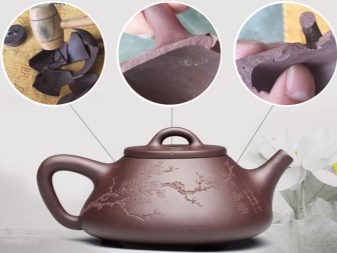
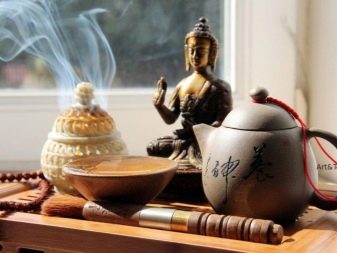
Variety of shapes and decor
Traditionally, teapots are rounded. It is believed to contribute to better aroma development. However, one-off models made by hand can look different, sometimes completely fancy. For example, teapots in the form of animal figures or an opened bud look very original. Sometimes on the dishes you can see the author's brand, painting, carving and other decorative elements.
If you wish, you can buy a teapot with a strainer or a set with a cup. For brewing medicinal herbs, it is recommended to purchase a double-walled teapot. It has the ability of a thermos and is able to maintain the temperature of the contents inside itself for 40-60 minutes. As for the size of the teapot, everything is very individual here. For personal use, dishes with a volume of 100–350 ml will be enough, for a family it makes sense to look at half-liter teapots, and for a large company you will need a more impressive volume - about 2 liters.
When choosing a volume, you should also take into account the preferred types of tea. Large-leaved varieties need a lot of space, but a glass is enough for tea bags.
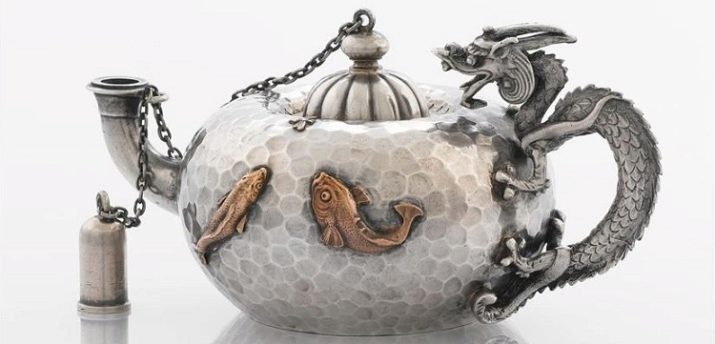
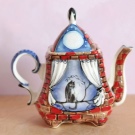



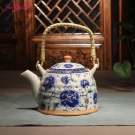
Features of use
As mentioned above, ceramic cookware has the unique ability to accumulate odors. Therefore, experts advise to have a separate teapot for each variety. Relaxation is allowed for teas with similar composition and aromas. This is the only way you can feel the whole bouquet of the drink in full. It is better to brew black and red teas in clay teapots. Ceramic enamel teapots are recommended for lighter varieties: white, yellow, or green teas.
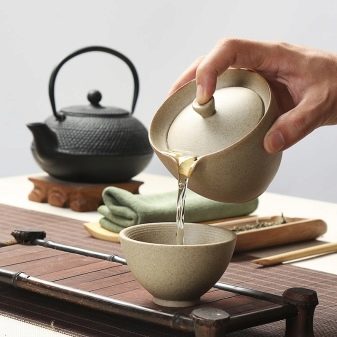

Advantages and disadvantages
Consider the reasons why you should opt for a ceramic teapot.
- Diverse design. It is very convenient to work with ceramics. Painting, inlay, and stucco work equally well on it. And even a smooth, clean surface, devoid of any additions, looks elegant and noble.
- Keeps warm well. Unlike some other materials, ceramics are more heat-intensive, which means that tea in such a teapot will brew better and will be tastier.
- Maintains quality. Clay is a natural material and does not emit harmful substances when heated, so the drink will retain all its properties and will not deteriorate.
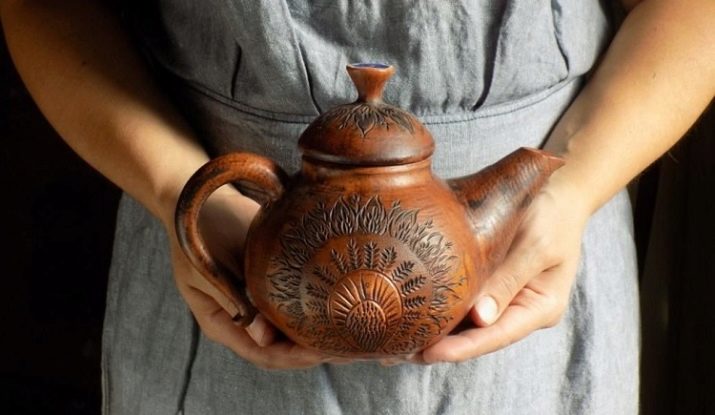
But this dish has some disadvantages that must be taken into account.
- Fragility. Despite the external solidity of clay teapots and the advertised durability of porcelain, ceramic products are significantly inferior in strength to their counterparts made of other materials, such as metal.
- The lid must be held in place while pouring. Some models of teapots, such as a press kettle, have a special holding device for the lid. In ceramic specimens, such devices are almost always absent.
- The handle may become hot, and this creates some discomfort during use.
- Price. Even mass-produced factory copies are somewhat more expensive than analogs made of plastic or metal, and the price of genuine Chinese exclusive models can be very high.
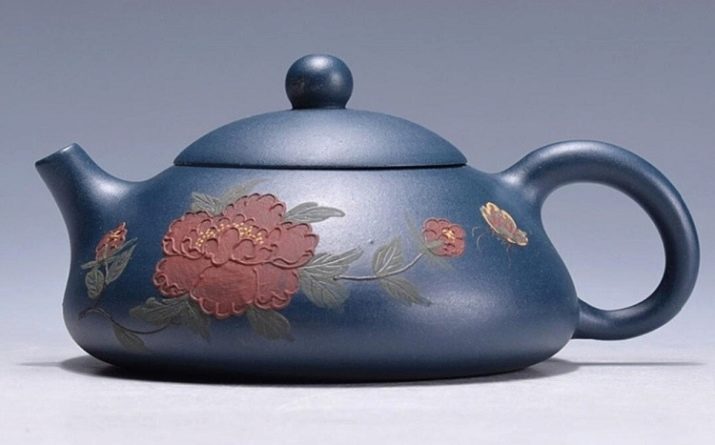
Subtleties of choice
When buying a kettle you should pay attention to some points.
- Product weight. The larger the kettle, the more it weighs with water, and it can be very difficult to hold it with one hand.
- Lid. The diameter of the lid must exactly match the size of the mouth of the kettle. Then it will sit tightly in the nest. Ideally, it will have a holding device, but this is rare in ceramic models. There should be a hole in the handle of the lid for steam to escape.
- Integrity. Any chip or crack is considered a defect. They affect not only the aesthetic properties, but also the quality of the drink.
- Spout. Its height should be equal to the level of the neck of the teapot or slightly more. It should be slightly curved, tapered at the end, and attached to the kettle at an angle of about 30 degrees. Ideally, there is a built-in strainer or perforated grate between the spout and the side of the kettle to trap the tea leaves.
- A pen. It is usually located on the side. However, it is much more convenient if it is on top. It is easier to hold such a structure, and you can hang it over the fire if necessary.
- Strainer. It may come with a kettle or be sold separately. The most common option is stainless steel. There are also strainers made of silicone, plastic, porcelain or glass.
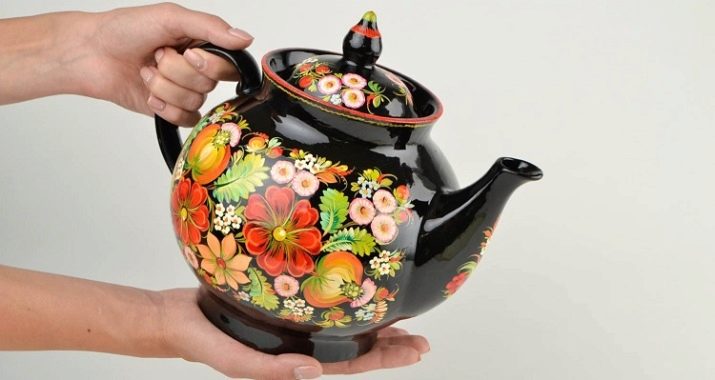
Whichever version of the teapot you choose, it is advisable to first hold it in your hand and understand how easy it will be to use.
In the next video, you will find an overview of the Pelangi ceramic teapot.









I have a Soviet-Tajik glazed ceramic teapot. When brewed, tea has some kind of aftertaste that remains in the mouth even after drinking tea. Can the glaze coated on the inside of the teapot affect the quality of the drink, i.e. is it not harmful?
In Soviet times, quality items were made. If it is long-standing, then it is hardly harmful, although I cannot say for sure.